Daruma Doll: The History and Interesting Facts Behind Japanese's Lucky Charms
A Daruma doll is a hollow, round, Japanese traditional doll modeled after Bodhidharma, the founder of the Zen tradition of Buddhism. These dolls, though typically red and depicting a bearded man (Bodhidharma), vary greatly in color and design depending on region and artist. Though considered a toy by some, Daruma has a design that is rich in symbolism and is regarded more as a talisman of good luck to the Japanese. Daruma dolls are seen as a symbol of perseverance and good luck, making them a popular gift of encouragement. The doll has also been commercialized by many Buddhist temples to use alongside the setting of goals.
Today, daruma dolls are used and cherished as a symbol of good luck and future fortune, commonly placed on a shelf at home or in a business. Before putting them on display, however, the owner must make a wish that they hope will come true or something they aim to work towards in their own life, before coloring in one eye, marking the wish. It doesn’t actually matter which eye is filled in first, but conventionally, the daruma’s left eye is the more popular choice. Once the wish has come to fruition, the other eye is colored in and the daruma is complete, according to Japan Objects.
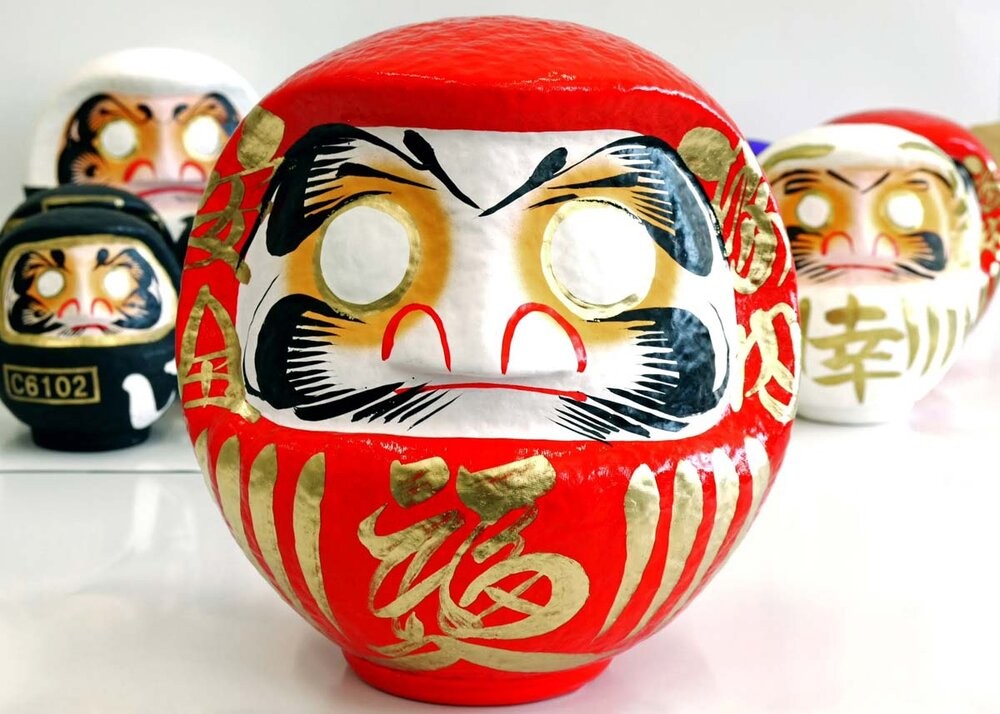 |
| Photo: © City of Takasaki, Daruma |
The Legend Behind Daruma Dolls
The Daruma is modeled after Bodhidharma, a monk accredited with the founding of Zen Buddhism, who seems to have lived between the 5th and 6th centuries CE. His origins are shrouded in mystery, and most of the accounts documenting his life are mixed with legends, making the tracking of Bodhidharma’s pilgrimage from the “Western Regions” (possibly central Asia) a very hard task.
During his travels he stopped for a time in a Shaolin monastery in China, founding the famous homonymous martial art. He then continued his journey until he decided to settle in a cave and meditate. This is where the history of the Daruma (after Bodhidharma’s Japanese name) begins, according to Live Japan.
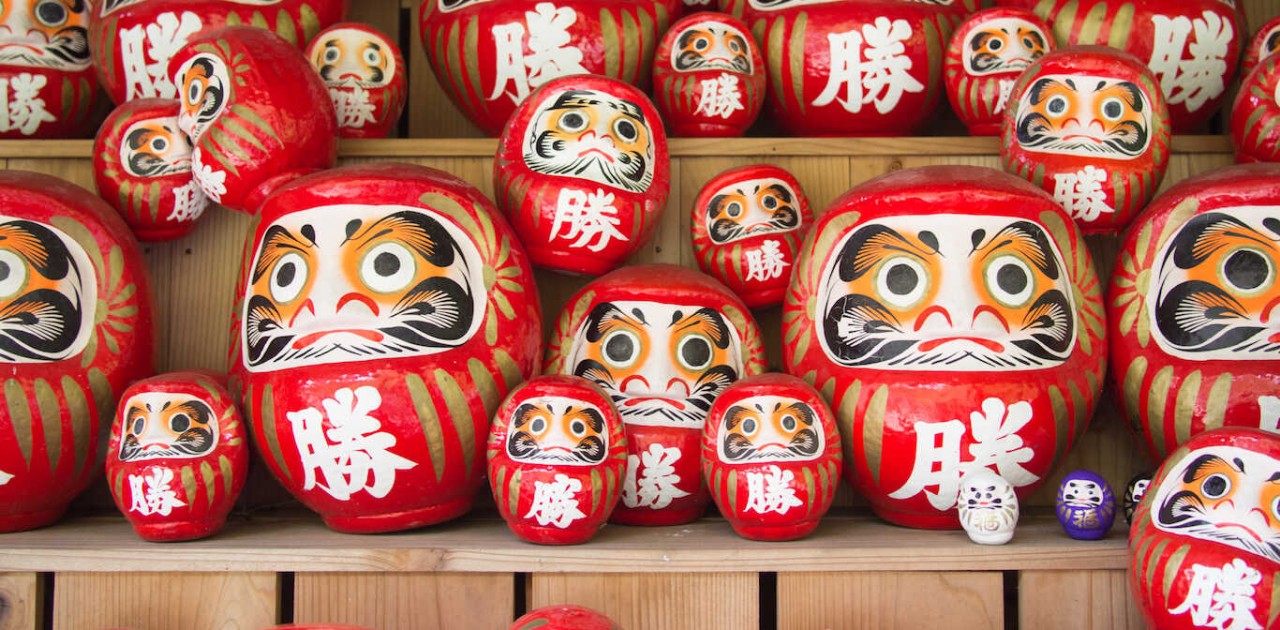 |
| Photo: Shutterstock |
The monk became a wall-gazer. He meditated, eyes to a wall, in a seated position for nine years, without breaks, and without closing his eyes, except once, after seven years. He was so furious at himself for what he perceived as a lack of discipline, that he sliced his own eyelids off so as to prevent himself from ever sleeping again. As the eyelids touched the ground, they sprouted green tea plants. This legend is one of the reasons behind Buddhist monks often drink green tea to stay awake.
On top of self-mutilation, Bodhidharma also suffered the loss of his arms and legs (according to some legends they fell off his body) as a consequence of his immobility for nine years. Art and folklore depicting Bodhidharma show him almost exclusively displaying these characteristics, which is why the Daruma dolls, in all its aspects, symbolize Bodhidharma’s position and features.
In addition, everything about Daruma’s design has deep roots and meaning, down to the most minute details, making this doll much more than a simple household item.
How Are Daruma Dolls Made?
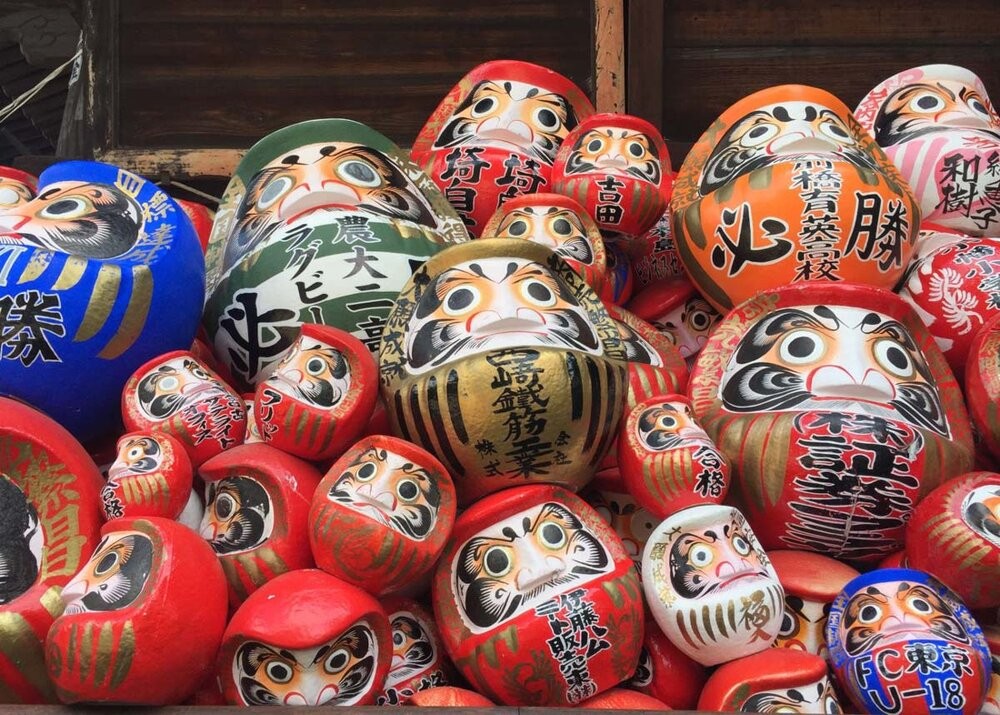 |
| © Darumaji Temple |
Originally, daruma were made by the local farmers of the Takasai area, to be blessed by passing monks. This was back in the 17th century, where good luck was keenly sought out in order to ensure a strong harvest each year. This began the tradition of daruma being made in Takasai, Gunma, which has remained true to this day.
As for how they are made, daruma are traditionally hollow and made from a style of papier-mache using Japanese washi paper (What is Japanese Washi Paper?). A wooden stereotype would be made, before being wrapped in papier-mache, which is carefully molded, cut, and painted to create the features of the daruma. These days, manufacturers of daruma don’t make their own wooden stereotype but rather use a premade mold which is then wrapped in papier mache, according to Japan Objects.
While the modern process of making daruma has been mostly handed over to machinery, it is still a careful and technical process, just one that has been streamlined thanks to modern technology. Today, the pre-made wooden mold is dipped into liquid papier mache and the air inside is sucked out using a pump. This method ensures every daruma comes out perfectly identical. In the past, this method was done by hand by slapping wet papier mache onto the dampened surface of a wooden mold. The mold itself doesn’t always have to be wooden. Some manufacturers will mold one out of clay, or even use a metal one that is guaranteed to last longer.
How To Use A Daruma Doll
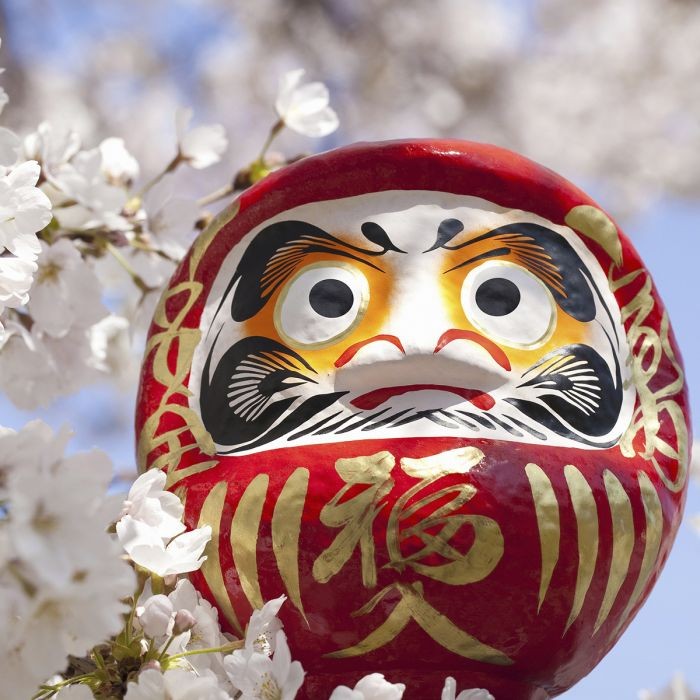 |
| Photo: Ashmolean Shop |
Upon purchase, the doll is missing its eyes. What you do is paint one eye in one of the blank white circles while committing to your goal and asking for help from god. You would then paint the second eye, giving the god its eyesight back as a thank you for helping you, once you achieve your goal.
You would need to remember that Daruma rewards sacrifice and unwavering force of will. Note that Bodhidharma was the one who refused to help another monk who wanted to become his apprentice until the young pupil decided to demonstrate his determination by cutting off his own arms.
One year after purchasing the Daruma you should return it to the temple from where you obtained it and burn it, regardless of whether you succeeded in what you wished for. There is even a ceremony called daruma kuyo or dondoyaki in several temples across Japan, during which huge piles of Daruma are burnt at the same time (but these are not the only occasions during which you can burn your Daruma doll), cited by Live Japan.
Originally, the beneficial effect of the doll was believed to expire after one year. After this span of time, the doll needed to be burned in order to free the god. This process is not meant to be interpreted as giving up on one’s goals. On the contrary, it’s imagined as a renewal of one’s vow (and a commitment to buy another Daruma).
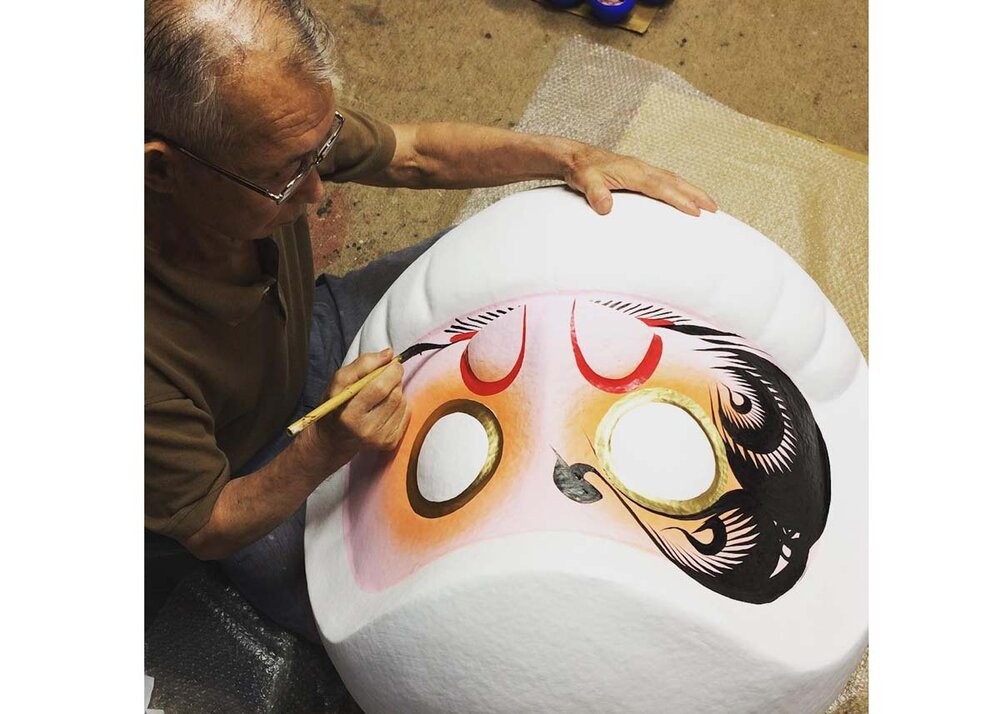 |
| © Yoshida Daruma, Painting Daruma |
What Do Daruma Doll Colours Represent?
Scholars have tried over centuries to grasp the concept behind the traditional red color choice but the specific motivation behind it remains unknown. One theory depicts that the color is in connection with a period of devastating smallpox outbreaks across Asia. People began wearing red garments and decorating front doors with red ropes, to please the god of smallpox and discontinue the illness. Moreover, Daruma dolls were believed to have the power to ward off illness and help with recovering, due to this preconception around the color red.
More recently, however, Daruma dolls are painted in a myriad of different colors, each thought to help you achieve a specific goal:
Red: luck and fortune
Purple: health and longevity
Yellow: security and protection
Gold: wealth and prosperity
White: love and harmony
Take a look at our range of Daruma dolls and find your favorite as a gift for yourself or a loved one! If you already have a Daruma doll and fancy that little bit of extra luck, check out our diverse range of Japanese good luck charms, including lucky cats, owls, Buddhas, and clovers.
 | Spain: Visit Stunning Praia das Catedrais Beach With Fascinating Natural Arches Somewhere in Spain, there is a well-known and beautiful beach that attracts many tourists and photographers has the most stunning and fascinating rock formation. |
 | Explore The Magnificent Scenes Inside The Old German Abbey The old Ottobeuren, a Benedictine abbey that is located in the Bavarian Allgäu, is famous for its lavish designs and architecture, which impresses many tourists ... |
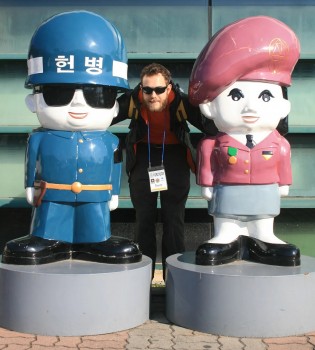 | The Most Complicated, Craziest International Borders Here's the list of places to stand on not one but two countries at the same time. |
Recommended
 World
World
Pakistan NCRC report explores emerging child rights issues
 World
World
"India has right to defend herself against terror," says German Foreign Minister, endorses Op Sindoor
 World
World
‘We stand with India’: Japan, UAE back New Delhi over its global outreach against terror
 World
World
'Action Was Entirely Justifiable': Former US NSA John Bolton Backs India's Right After Pahalgam Attack
 World
World
US, China Conclude Trade Talks with Positive Outcome
 World
World
Nifty, Sensex jumped more than 2% in opening as India-Pakistan tensions ease
 World
World
Easing of US-China Tariffs: Markets React Positively, Experts Remain Cautious
 World
World


